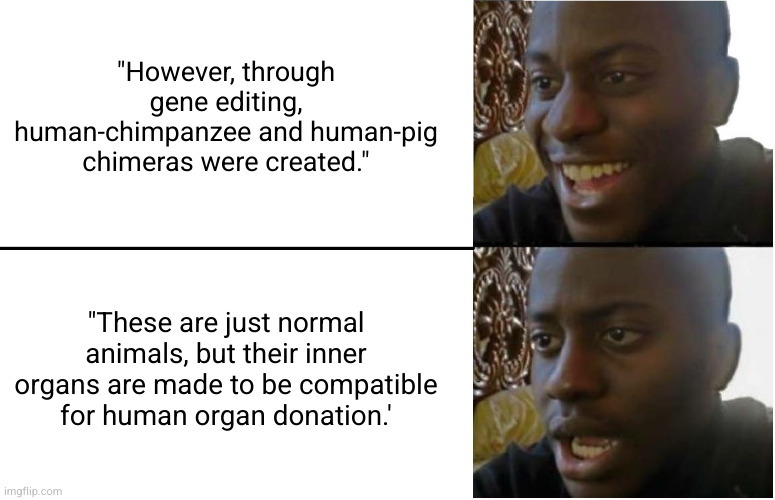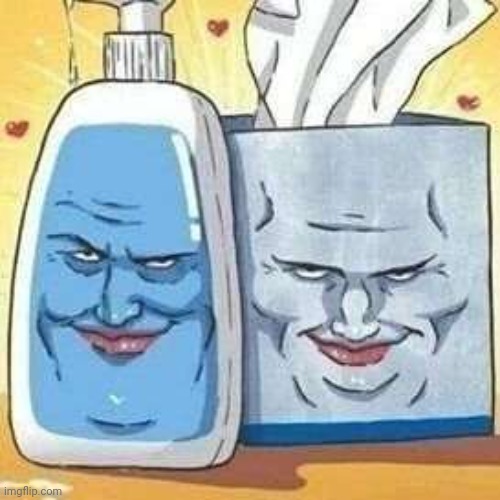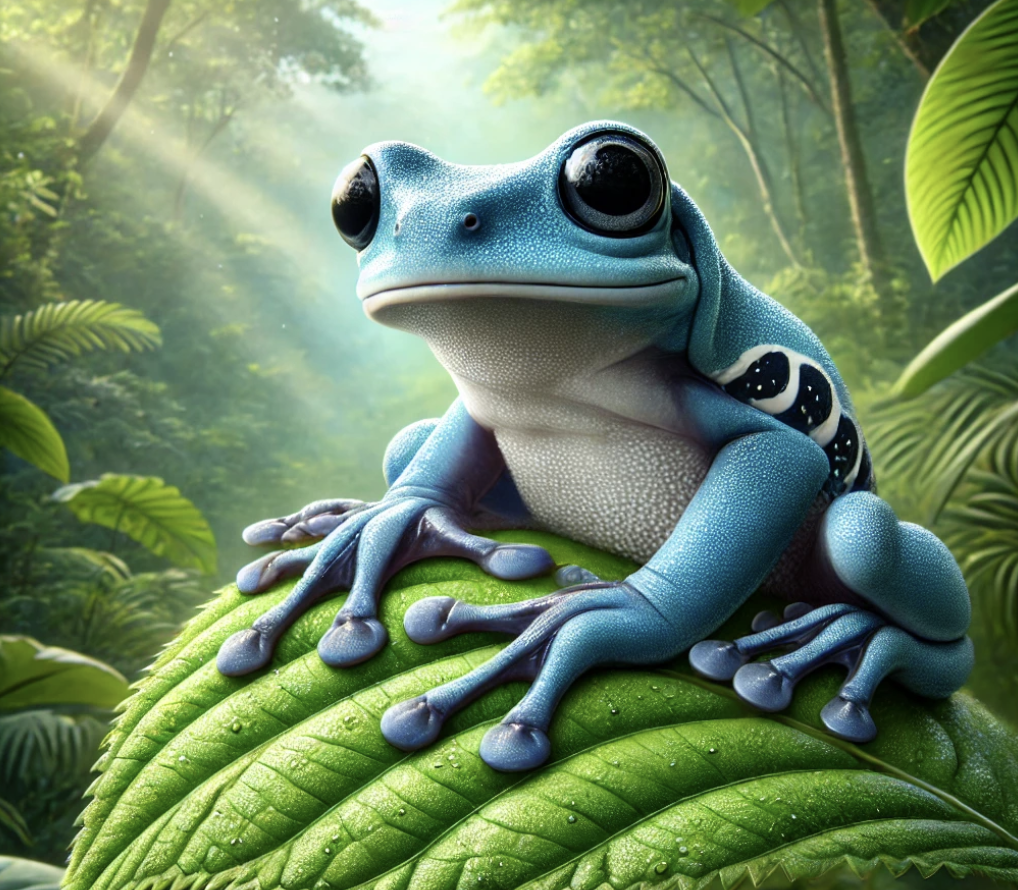Ok, I am not supporting bestiality here. But, I just came to know about a Dogxim, a dog fox hybrid and I had known for a long time that horses and donkeys can breed (to produce a mule). So, I was just curious, can humans breed with any other animals closely related to us?
Tinder not working out as expected?
Why else would I ask that question? Completely unrelated but you won’t happen to have any goats nearby, would you?
Homo sapiens are the last remaining species of hominina. Our closest remaining relatives, the Pan (chimpanzees and bonobos) diverged at least 6.5 million years ago. Though there is some evidence early hominina may have interbred with pan after the divergence as recently as 4 mya.
This is more recent than dogs and foxes by a long way, and about the same as donkeys and horses. That, plus chromosomal analysis and some other research suggests it could be possible for a human and chimp or bonobo to interbreed, though likely not create fertile offspring. However, there has never been a confirmed case of this occurring, despite multiple claims.
Edit: useful articles:
Because of that one caveman, we are all shamed forever.
We’re talking way earlier than cavemen. The last interbreeding between our ancestors and chimps’ ancestors happened (using the most recent estimate I could find) a million years before the least recent evidence of the use of any stone tools. This is not a human that would be recognisable at all as a human.
Excellent answer!
Welp, now I am curious. There are like 10 billion of us, this can’t not happen.
For the sake of completeness:
https://en.wikipedia.org/wiki/Interbreeding_between_archaic_and_modern_humans
Pretty sure that we can’t breed with chimps and generate a fertile offspring due the mismatch on the number of chromosomes.
Yeah fertile offspring is almost entirely off the table here from what I can see.
Doesn’t HIV come from chimps too? Not knowing too much about it, I would imagine that presents some challenges.
So after reading the wiki, I believe the most likely successful attempt will be to mate a human with downe syndrome, with a chimpanzee. Let’s get on this. I wanna see some atrocities of nature.
Umm, I don’t think that’s how it works.
The wiki says it’s hard with chimps because we have one less chromosome than chimps. Down syndrome: “all my homes got extra chromies”. They have an extra chromosome. Ergo: down syndrome + chimp = hybrid chimpmanzee.
Yeah, I don’t think that’s how chromosomes work
Thats how down syndrome works. Look it up yourself, smart guy. People with down syndrome have 47 chromosomes instead of 46. Chimps have 48, so down syndrome people are one closer, by mutation. That means just one more mutation and we’re all set.
Now start work on making a monkeyboy.
Are you really this fucking thick? There’s more to genetic compatibility than chromosome count. Otherwise we’d be seeing human–Reeves’s muntjac hybrids. Or chimp-gorilla.
Are you seriously this fucking thick? You think I’ve been serious? Lol
An odd pair of chromosomes makes it harder than being off by a pair. Mules are unbreedable due to their odd number of chromosomes.
We have successfully bred with species further apart, including an alpaca and a llama.
So yes all the science points to it being possible with humans, but ethically we can’t possibly do that.
And it is not one more mutation to add an extra chromosome. It’s a loooot more.
Ah yes. And the man monkey in the middle! I bet that’s what Bigfoot is.

There must have been a misunderstanding, when I said I want to “eat pussy”, this is not what I meant
I thought you meant in the “eating the dogs and eating the cats” sense :3 /s
i didnt fuck my cat. i didnt cum on my cat. i didnt put my dick anywhere near my cat. Ive never done anything weird with my cats.
“I did not have has any sexual relations with that cat”
“It depends on what your definition of ‘is’ is.”
Doubt
My one of my cats liked to hide behind the shower curtain and reach in to swat my naked behind when I wasn’t looking.
There is a good reason for that image.
here be psychic dragons
wtf
Suddenly ing the cat takes on a whole new meaning
Not anymore. We assimilated the neanderthals a long time ago.
Other close relative species don’t exist anymore.
We all fo…breeded with them to our kind
Breed with, out-competed, killed… All options on the table, the important thing is to get busy.
talking to girls is not that hard, dude
I just found this, so you’ll have to read it too: https://www.the-sun.com/news/3657105/prostitute-orangutan-pony-tragic-story/
Summary:
TW: sexual animal abuse
Female orangutan named Pony was used as a prostitute for years. She was chained to a bed, shaved every other day leaving her with irritated, itchy, sore-covered skin. They also put make-up, perfume and jewellery on her, and taught her to perform sex acts. The local community didn’t want to let her go because she was generating great revenue. In the end it took 35 armed police officers to rescue her.
Jesus Christ
He won’t find you here, this is Lemmy :')
I’m gonna regret asking this, but is there a better source than The Sun?
Seems like just some short interview by Vice: https://www.vice.com/sv/article/yo1-v14n10/
This comes from the foundation that rescued her, though it’s mostly about the improvements: https://web.archive.org/web/20160302025529/http://orangutan.or.id/ponys-new-life-2/
Original link returns 404 now.
Wikipedia also lists that as their domain: https://en.wikipedia.org/wiki/Borneo_Orangutan_SurvivalAlso this low quality footage: https://youtu.be/Qv8NlidN2wg?t=765 (should jump you to 12:45).
From Vice:
It was filmed by a local television crew and in the background of the film when we are unchaining Pony you can hear the madam crying hysterically, screaming, “They are taking my baby, you can’t do this!”
I assume that may be the hysterical crying in that video.
holy fucking shit
Welp. That’s fucking awful.
Can that summary be hidden, like with a spoiler tag? I can’t stomach this stuff. It’ll be days before I am not constantly thinking about that poor abused animal.
Thankfully, Pony, now 21, was rescued by the Borneo Orangutan Survival Foundation, and now lives at one of their rehabilitation centres.
I take solace in the fact that she was rescued and is now living a safe, happy life.
No, not since Neanderthals, Denisovians and friends went extinct.
Even Neanderthals are a bit of a partial case, since the hybrid males were mostly sterile. We know this from the pattern that Neanderthal genes appear in modern DNA.
Where can one read more on the second paragraph?
Uhh, I think there was a Nature article about it. Per the Wikipedia, basically there’s just stretches of the X chromosome that are deserts of Neanderthal DNA, because when a Neanderthal allele is present and there isn’t a second copy, it’s a reproductive dead end and selected out.
Oh, here.
For a specific example, Ozzy Osbourne has some Neanderthal DNA which might possibly explain why he’s still alive lol
Most people of non-African origin (a fact that helped pinpoint where the mixing happened and when) have 1-3% or so, the amount varying by person and region.
I think it’s up to 10% from what I remember watching in some documentaries.
Breed with? No, not since we out-bred and out-competed Neandertals. And Denisovans. And at least one other ancestral human subspecies in sub-Saharan Africa. So at least 3 ancient homo sapiens subspecies that we used to interbreed with, but none left now.
We still have their genes, so we’ve got that going for us…
I’m fairly sure I got more Naendrathal genes than human. I have so much hair, it counts as fur :/
You will be assimilated… with fucking.
Conventional prehistory says there used to be animals we could interbreed with, but that we in fact bred with them so much that the hybrids replaced the creatures made to get said hybrid.
These replaced peoples were, of course, designated members of the homo genus, which Homo Sapiens (the scientific name for humans) gets its name from, and they include things such as (using their common names, not their scientific names) Neanderthals (geographically found in Southern Europe), Denisovans (found mostly to the West, towards Asia), and Hobbits (yes, hobbits, they were found in the Pacific). Nothing of note happened in America.
The Neanderthals and the Denisovans are of particular note, as their territories overlapped commonly, and there are cave findings that show they themselves interbred with each other and produced perfectly functioning offspring. I can only hope when they were engaging in the act, they asked to mingle and ended it with “no homo”.
There are, however, reports that, at the same time in prehistory, we did try to breed with other animals that haven’t been replaced, typically the great apes, as evidenced by lice samples found in both us and them, but that this, quite expectedly, didn’t lead to any hybrid outcomes.
There used to be Neanderthals (homo sapiens neanderthalensis) and a few others, we basically interbred them out of existence.
“Interbred them out of existence” is sort of a bleak way of looking at it. For a lot of people, they’re our ancestors. They’re a part of human history and heritage.
bleak way of looking at it
in spartan voice THIS… IS… LEMMYYYYY!!
This is the worst thing I’ve read online this month, including the person who said “perchance” to me in a DM
While we did fuck them a lot, knowing us, I don’t think that’s what caused their extinction.
Not so sure, except for a last few holdouts in Spain about 40k years ago, who were probably whipped out by natural catastrophe along with regular humans in that area.
I think we kept diluting their gene pool by having sex with them and out breeding them.
With everything you know about humans and our history of causing mass extinction everywhere you go, of racial violence and irrational fear of anything that is a little bit different, you really don’t think there were any other contributing causes to the mysterious extinction of EVERY SINGLE NON-HUMAN HOMINID ON THE PLANET?
For most people, except sub Saharan Africans, we are also talking about our ancestors when talking about neanderthals. Most of those bones we see on museums are probably the great x grandfathers of many people walking past.
Obviously we have no idea what happened over huge parts of deep human pasts, Neanderthals were a sparse population to begin with, and absorbing their people into the rest of humanity just by fucking is certainly a solution
What do you mean? We are still around.
It’s not really called “extinction” from more modern understanding I guess, more like assimilated over a long period of time and from species contact and living with each other.
https://en.m.wikipedia.org/wiki/Humanzee
There were multiple attempts to cross humans and chimpanzees, all of which failed. However, through gene editing, human-chimpanzee and human-pig chimeras were created.
These are just normal animals, but their inner organs are made to be compatible for human organ donation.
would like to know more
Your mom!
*sorry, 80s nostalgia hit hard for a second there.
At least wait till I ask a question about a cow or something

Now that I’m middle aged… How old is
SteveJaleel in this clip? I’ve seen so much of his face that I can’t tell if he’s 15 or 25.Note: how have I never known his name is Jaleel White?
Note 2: Family Matters aired from when he was 13 to 22 years old. So… That’s my answer.
finishes
Did I do thaaaat?
Not since the Neanderthals left us
That’s absolutely preposterous, I am still alive and my friends say I am one of them Neanderthals
Neanderthals didn’t leave us; they merged with us. Neanderthal DNA is well represented in our current population.
Yeah, but not their whole genome, and never at more then a few percent of the total modern human genome. It’s more like a remnant.
How could it be less than their whole genome? Is more neanderthal dna lost than homo sapiens dna when the two mate somehow?
You, if you have non-African roots, have 1-4% Neanderthal DNA. Roughly, we can say that means you can take a slice of unrelated ancestors way back that’s 1-4% Neanderthals. Each of their kids had 50% of the Neanderthal genome, and, assuming the next incoming ancestor was fully Homo Sapiens, had grandkids with only 25% of the neanderthal genome.
Since there’s a lot of people and a lot of interbreeding events, you’d naively expect it to be a completely different 50% every time, and collectively contain most or all of the whole thing. However, not every Neanderthal allele is equally likely to be passed down, so that’s not actually what happens.
I don’t know how much of it actually remains across the human population exactly, but I do know parts of the X chromosome are complete deserts of Neanderthal DNA, at the very least. Like I went into elsewhere in the thread, that’s a pattern that indicates having Neanderthal admixture there causes sterility, and so male offspring with only one copy of the chromosome don’t reproduce, and don’t appear as an ancestor of yours. Those segments of the Neanderthal X chromosome are gone in living populations.
Edit: Reading what you wrote again, I think the detail you might be missing is just that lots of people die with no descendants, and the carrying capacity of ice-age Europe was finite. It’s not like the two lines just fused together without a change in size; the mostly-human population slowly grew and the mostly-Neanderthal population slowly shrunk over a few millennia.
It’s not known why, or how exactly that went down. It could be a reproductive quirk, or just humans being slightly better somehow. It’s probably wasn’t organised genocide, though, for quite a number of reasons.
Maybe there still are neanderthals but they’re just really good at hiding and are plotting to overthrow humanity
Keep talking like that and you too can become the Vice President’s favorite philosopher
Who’s that?
Hey maybe we broke up with them. We don’t know.
“Why do they keep yelling ungabunga with a persistant erection every time we hang out? Fuck this I’m out.”
space ship flies away
deleted
ఠ ͟ಠ





















